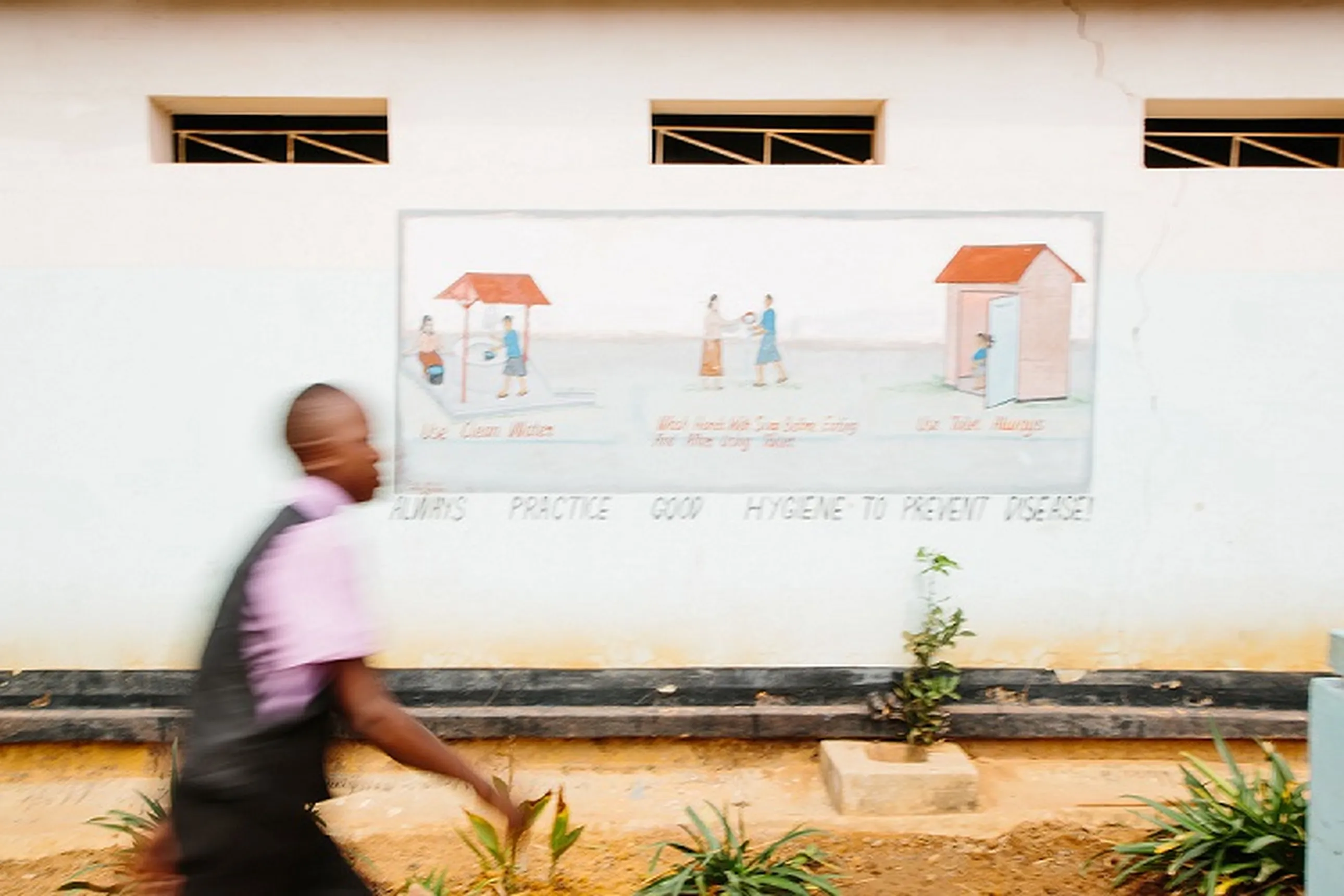UNICEF-SNV Partnership Cooperation – Zambia
Zambia,
concluded

A project that delivers infrastructure, develops capacity, improves management, and launches behavioural change sensitisation campaigns to improve hygiene conditions for school girls and boys and increase toilet per pupil ratio.
According to a 2006 survey conducted by the Ministry of Education in Zambia, out of 7,000+ basic schools, only 9% had sufficient school toilets for girls and 29% had sufficient toilets for boys. Studies we carried out in 2012 in 30 schools in Northern and Muchinga provinces revealed toilet per pupil ratios of 1:107 for boys and 1:97 for girls.
24 of the schools had handwashing facilities but 60% of these were not functional. It is generally acknowledged that less than half of rural women and men use soap or another appropriate medium to wash hands after using a toilet. These studies show that an integrated approach is required in order to improve rural sanitation and hygiene. This is why, in partnership with UNICEF, we are implementing a project that tackles infrastructure building, capacity development, improved management and behavioural change sensitisation.
The project targets a total of 150 schools in the northern province of Zambia. Through the School Led Total Sanitation (SLTS) programme, schools and communities are encouraged to take action in improving sanitation and hygiene conditions. In one district, we are also rolling out the Community Led Total Sanitation (CLTS) approach, seeking to stop open defecation and ignite change in sanitation behaviour. Poor sanitation facilities and lack of access to safe water greatly affect girl enrolment, retention and attendance in schools.
Find out more about this multi-country project.

